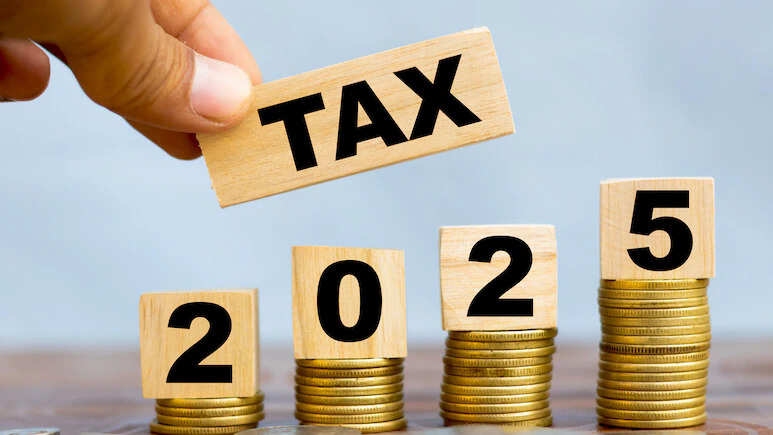The process of filing income tax return (ITR) for FY 2024-25 is going to start soon. The Income Tax Department has notified forms ranging from ITR-1 to ITR-5 for Assessment Year 2025-26. If your annual income is up to Rs 50 lakh, then through these forms you can file returns. While filing the return, it is very important to understand some important income tax section so that you can take full advantage of tax deduction and avoid unnecessary tax payments.
Here we are talking about section 80C, 80D, 24b and some other necessary provisions, which can be helpful in saving your tax.
🔹 Section 139 (1) – Failing returns
Under section 139 (1) of the Income Tax Act, if your total income tax exemption is more than the limit, it is mandatory to file ITR. This section is also for those who want to file a volunteer return. Timely filing ITR can not only avoid tax penalty, but it is also helpful in matters like loan and visa in future.
🔹 Section 80C – The most popular option for tax saving
Under section 80C, you can claim tax exemption of up to a maximum of ₹ 1.5 lakh, but it is only applicable in old tax regime. Under this section you can avail discounts on these investments:
Public Provident Fund (PPF)
Employee Provident Fund (EPF)
ELSS Mutual Fund
Tax Saving FD
Tuition fees
Life Insurance Premium
Note that there is no benefit of 80C in New Tax Regime, but the employer contribution in NPS is exempted under section 80ccD (2).
🔹 Section 24B – Interest exemption on home loan
If you have taken a home loan and are paying interest on it, then you can claim a tax exemption of up to a maximum of ₹ 2 lakh annually under Section 24B. The special thing is that this exemption is valid in both Old and New Tax Regies. This provision is particularly beneficial for those who depend on loans to buy a house.
🔹 Section 80D – Tax Benefit on Health Insurance
Tax deduction can be availed on health insurance premium under section 80D. The limit of deduction is as follows:
For those under 60 years of age: ₹ 25,000
Over 60 years (Senior Citizen): ₹ 50,000
Family and parents premium mixed: Maximum discount of up to ₹ 1 lakh
This discount also protects you and your family from health risks and also gives relief in tax.
🔹 Section 10 (13A) – HRA exemption for staying in a rented house
If you work and live in a rented house, you can claim tax exemption on house rent allowance (HRA) under section 10 (13A). If your annual fare is more than ₹ 1 lakh, then it is necessary to pay the landlord’s PAN. This exemption is available only to those employees who include HRA in salary.
🔹 Section 234F – Fines for late ITR filed
If you file ITR after the stipulated time frame, you may have to pay a fine under section 234F. The amount of fine is as follows:
On those with less than ₹ 5 lakh: ₹ 1,000
On those with more than ₹ 5 lakhs: ₹ 5,000
Apart from this, you may also have to pay interest under section 234A and 234B.
Other useful sections
Section 80CCCH: Rebate on contribution to Agniveer Corpus Fund
Section 80jjaa: Deduction to eligible business on appointment of new employees
🔚 conclusion
If you understand the information of these sections well before filing ITR, you can not only do tax saving, but can also avoid any penalty or mistake. Before deciding which one is better for you in the old and new tax regime, please evaluate these deductions.
